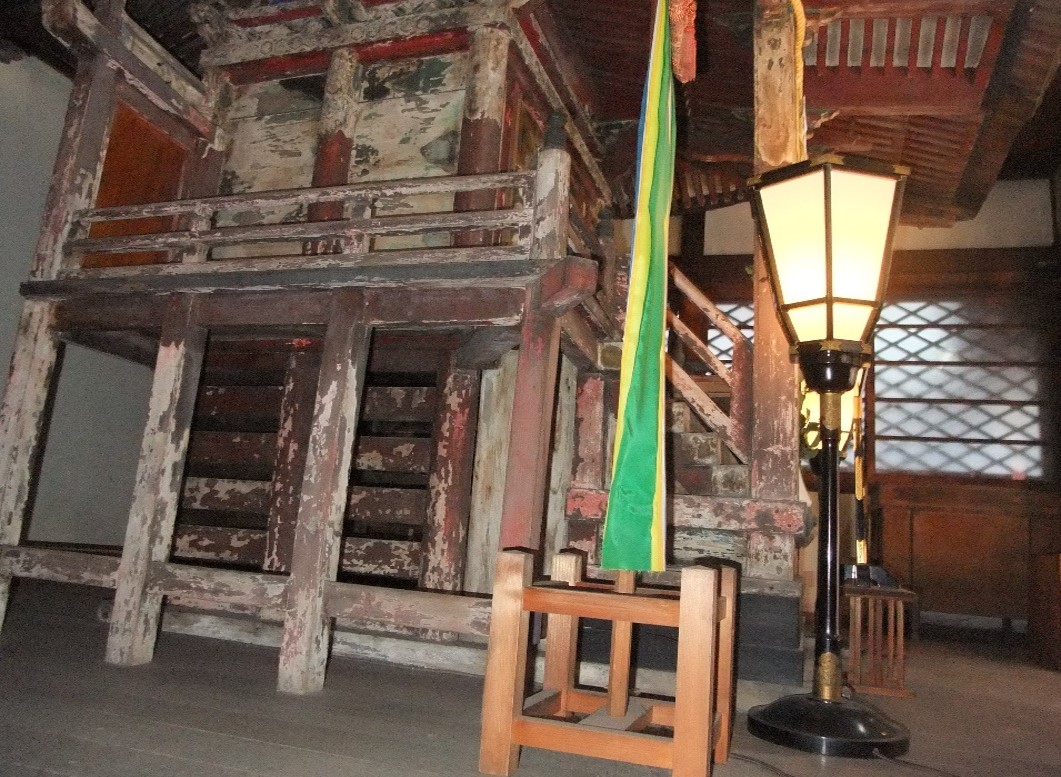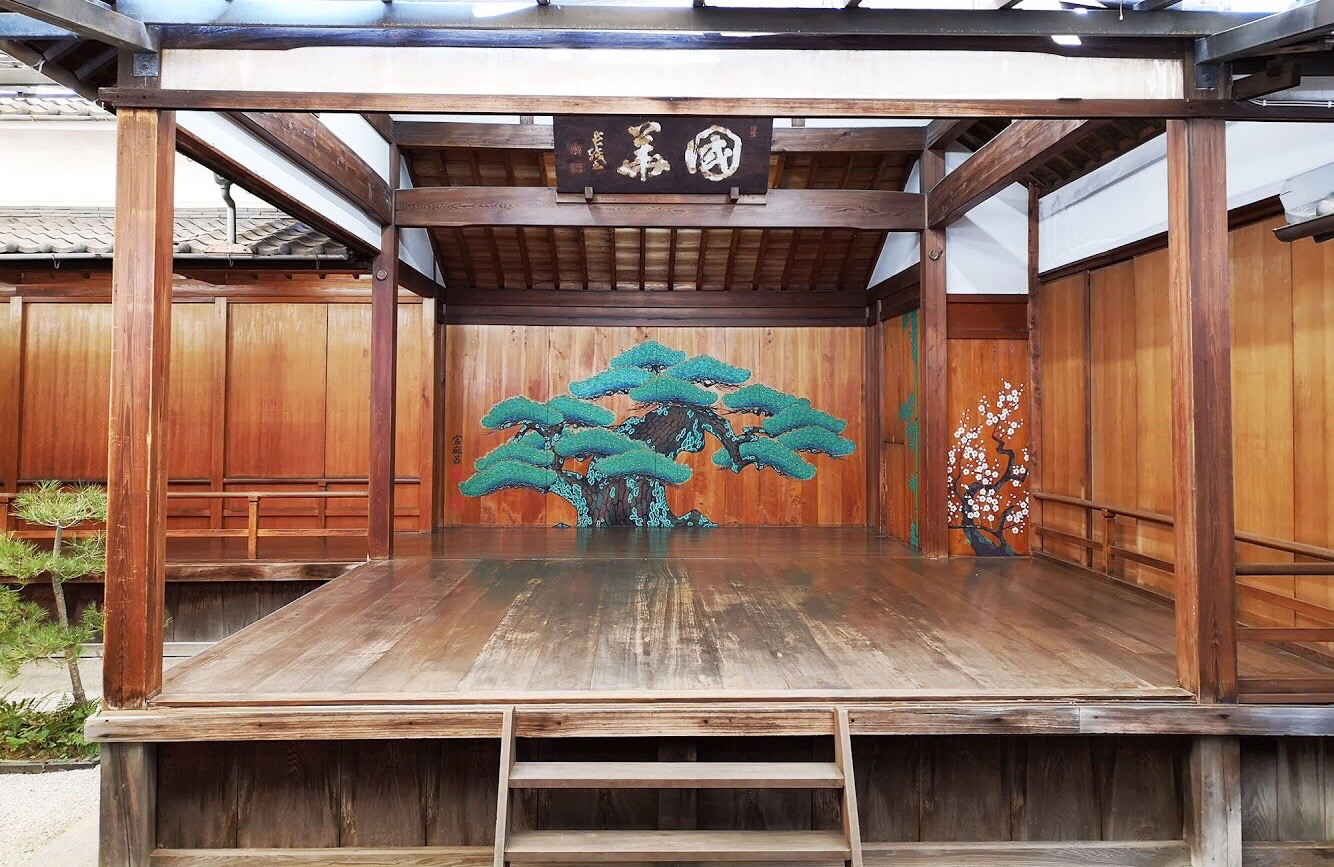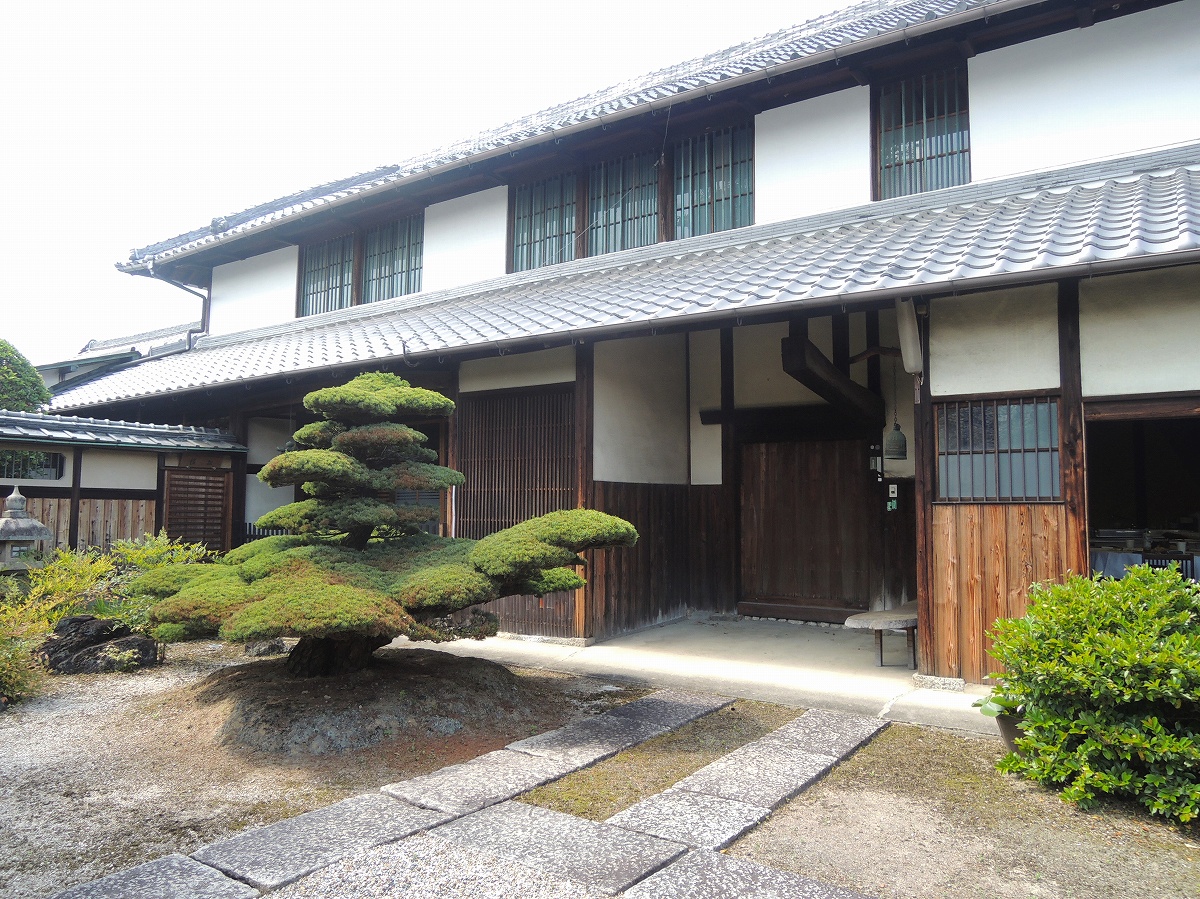
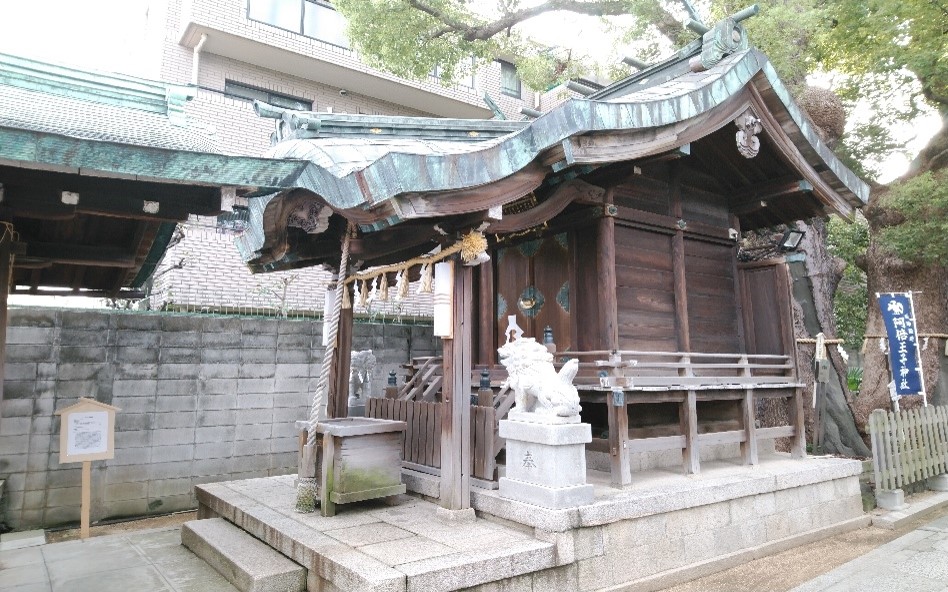
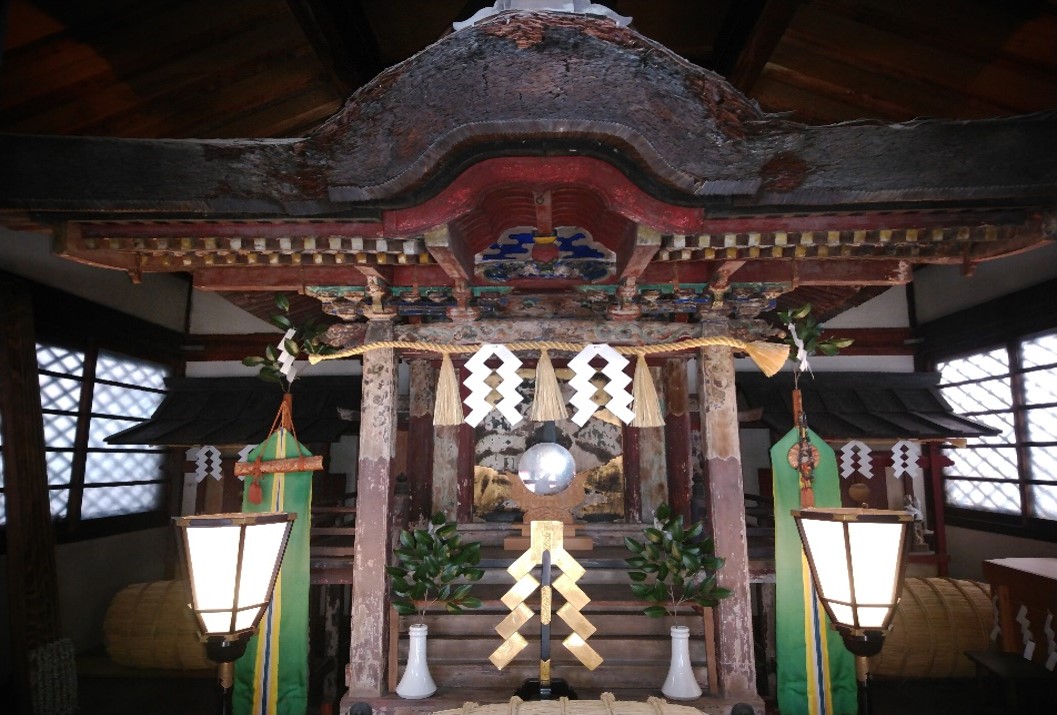
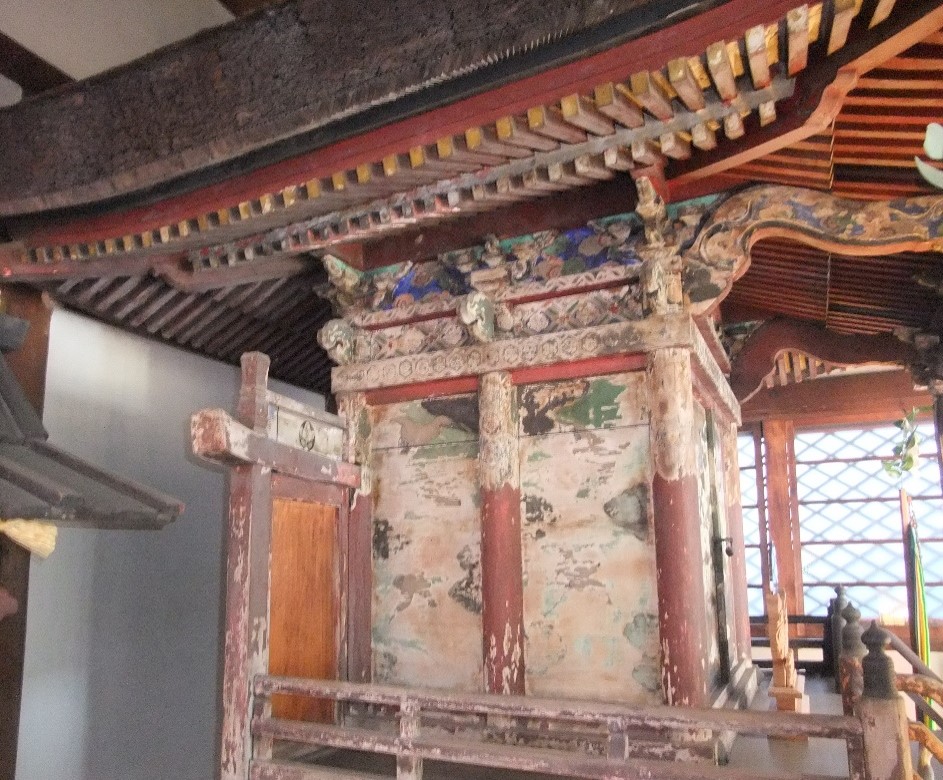
Name Abeno Oji Shrine main Hall ( former Otokoyama Hachiman Shrine main Hall) Address 9-4 Abeno Motomachi, Abeno-ku, Osaka City, Osaka TEL/FAX 06-6622-2565(TEL)/06-6622-2993(FAX) HP http://abeouji.tonosama.jp/ E-mail abeoujis@titan.ocn.ne.jp Architecture age Main hall of Abeno Oji Shrine built in 1909 Old Main Hall of Otokoyama Hachiman Shrine: built during the Edo period Building type Religious buildings Construction Main hall of Abeno Oji Shrine: Wooden structure, Ikken-sha-Nagare Zukuri (one-span asymmetrical gable roof), copper roofing Otokoyama Hachiman Shrine Main Hall: Wooden structure, Ikken-sha-Kumagi-iri Kasuga-Zukuri (one-span asymmetrical gable roof with ridge decoration), cypress bark roof Outline explanation According to “Setshu Higashinarigun Abegongen Engi” (in the shrine documentation), this Abeoji shrine, founded by Emperor Nintoku, flourished as a branch of Kumano Shrine at a time when Kumano pilgrimages were popular. Today it houses the patron deity of the people of Abeno. The former main shrine was built in 1682 and moved and renovated in 1908. The Otokoyama Hachiman Shrine was built in Semba Azuchimachi in 1688, and was moved (relocation of the deity) to the Abeno site in 1907, in accordance with the Shrine Enshrinement Law in force at the time. The Semba district was burnt down in an air raid during World War II, and the former main pavilion of the Otokoyama Hachiman Shrine is the only remnant of what the Semba Shrine looked like in the Edo period.
Cultural property type Registered Tangible Cultural Properties Event link open to the public note 
-
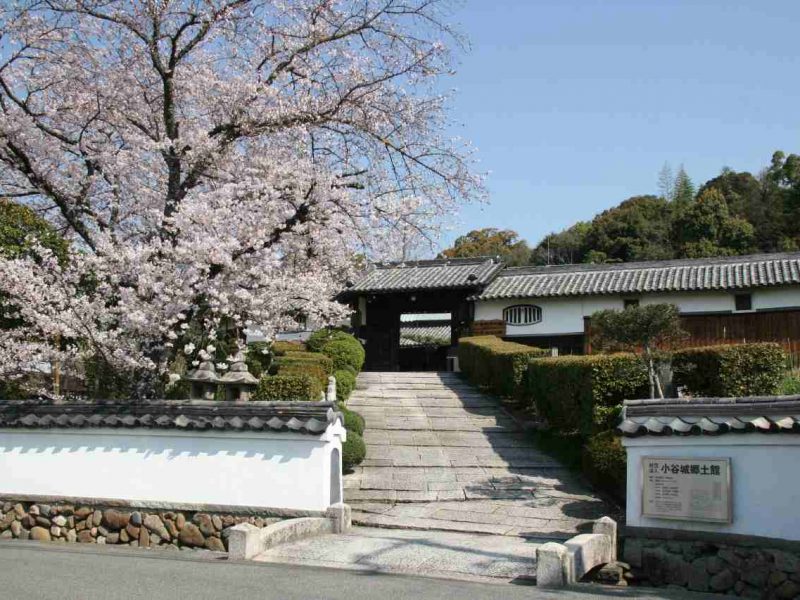
Kotani CastleŌĆ”
The KOTANI family, which has existed since the Kamakura period, has ŌĆ”
-

Osaka NipponbŌĆ”
A reinforced concrete structured building in late Taisho Period. LocŌĆ”
-
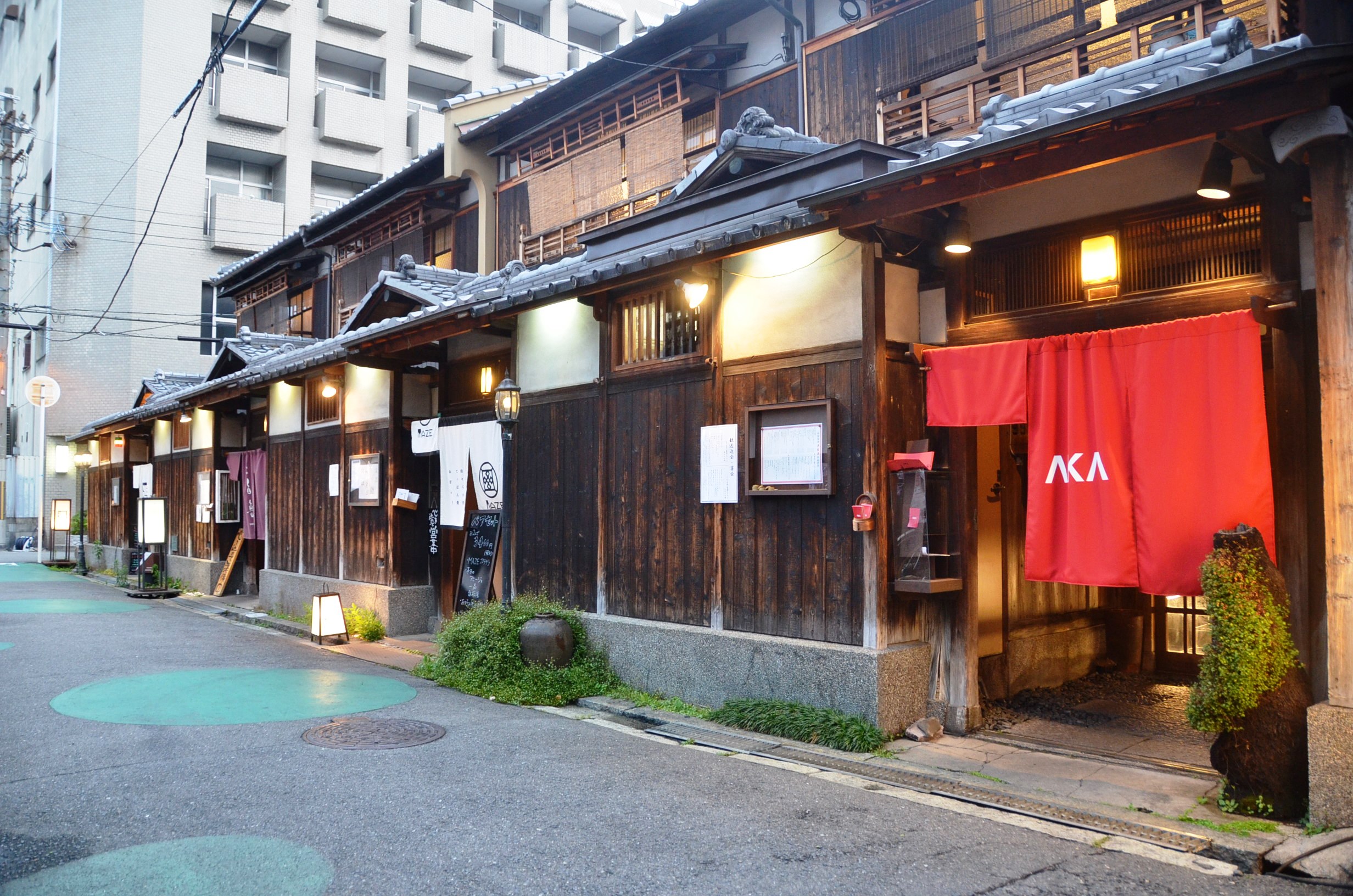
Teranishi-Ke ŌĆ”
A two-story row house partitioned into four units. It is located neaŌĆ”
more’╝×-
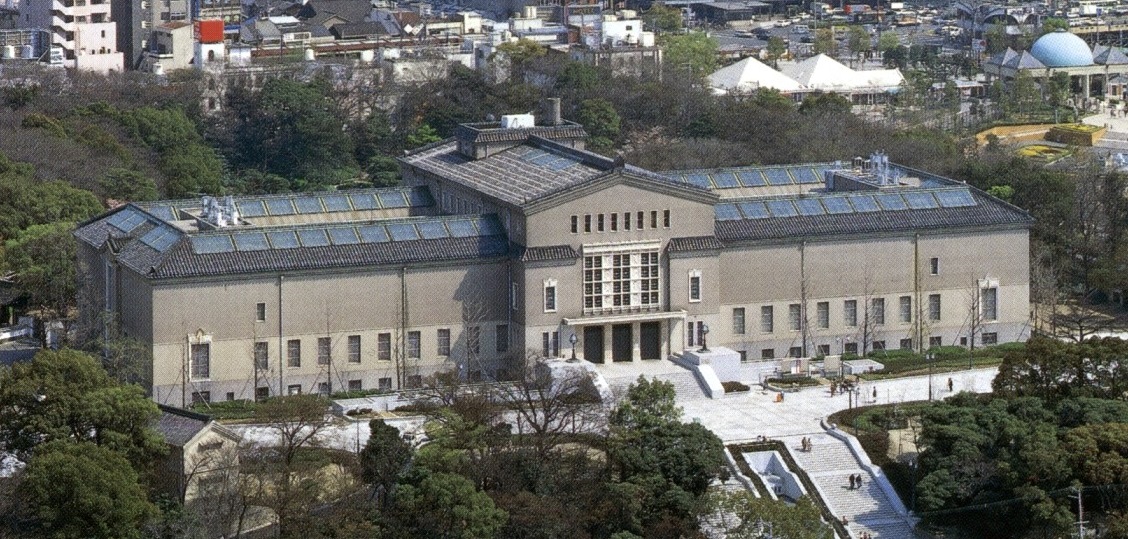
Osaka City MuŌĆ”
The Osaka City Museum of Fine Arts opened in 1936 on the former siteŌĆ”
-
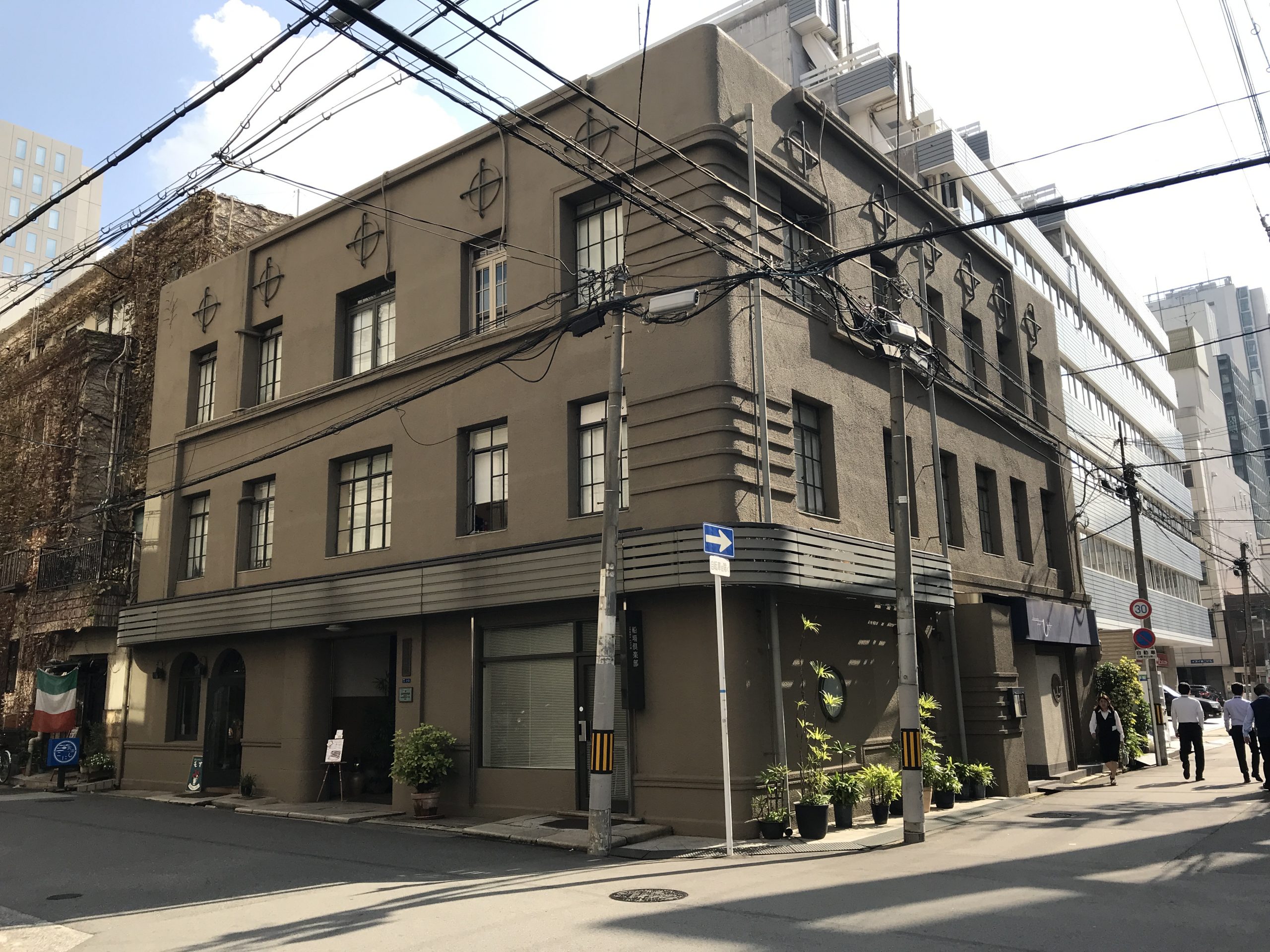
Fushimi BuildŌĆ”
Fushimi Building was constructed as a hotel in the central part of SŌĆ”
-
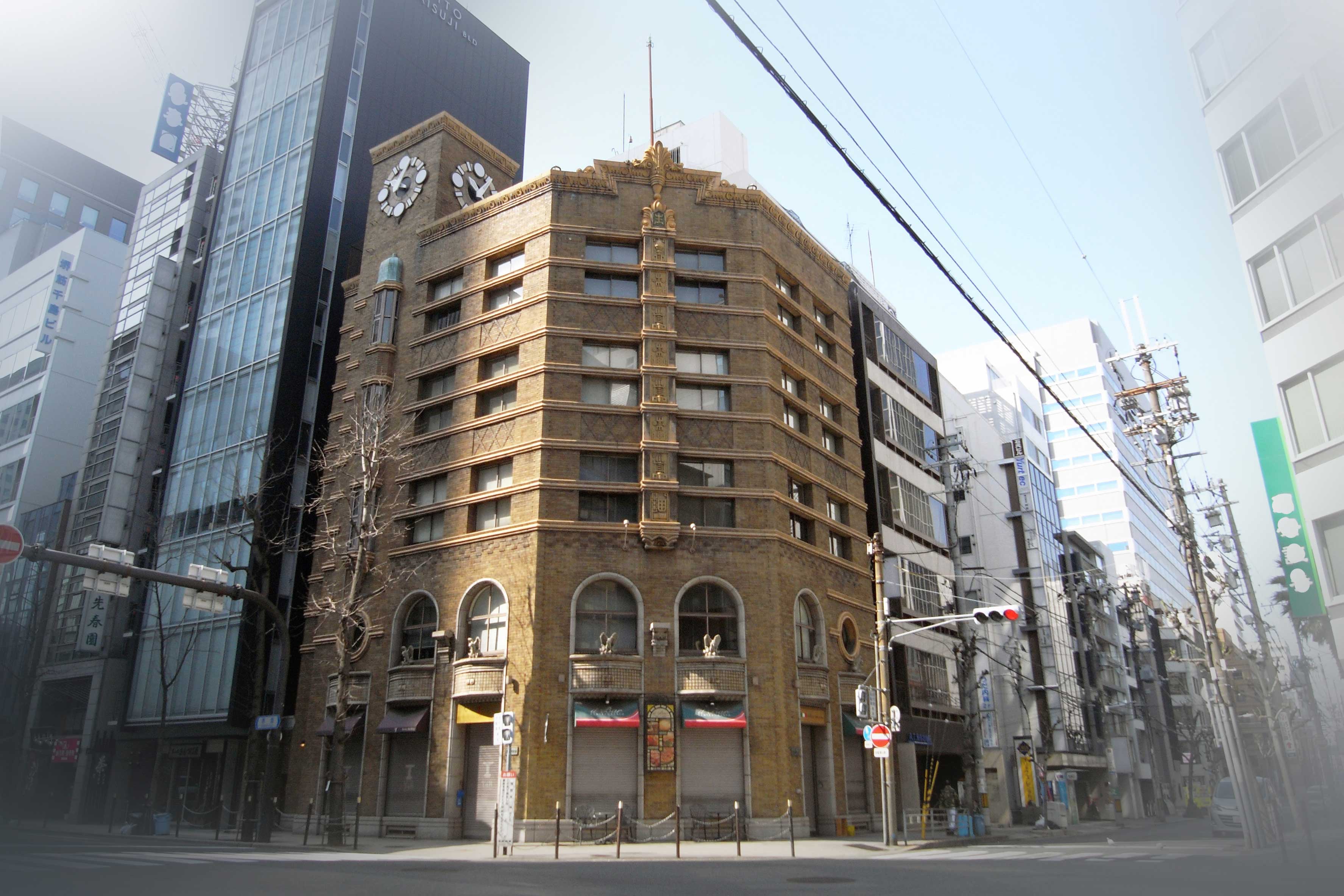
Ikoma Watch SŌĆ”
A medium-rise reinforced concrete structured commercial building froŌĆ”
more’╝×
ŃüōŃü«ŃéóŃéżŃé│Ńā│ŃüīŃüéŃéŗÕåÖń£¤ŃéÆŃé»Ńā¬ŃāāŃé»ŃüÖŃéŗŃü©õ╝ØńĄ▒ÕĘźµ│ĢŃü«Ķ®│ń┤░Ńüīńó║Ķ¬ŹŃü¦ŃüŹŃüŠŃüÖŃĆé
